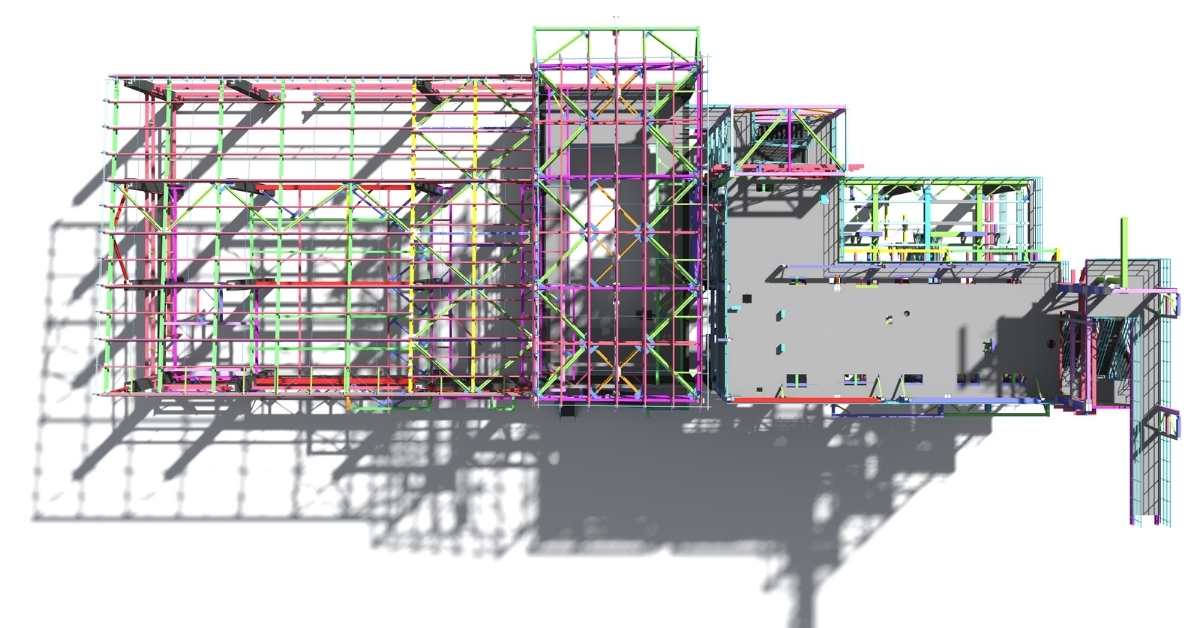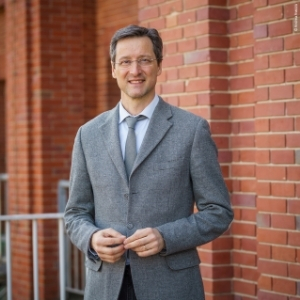The world of construction has recently experienced a rapid evolution which is an actual “Copernican revolution” thanks to Building Information Modeling (BIM). This change in paradigm concerns every aspect of building production: Project, Product and Process, and is increasingly replacing, in an ever more consolidated way, the paradigm used to date for the construction of buildings and their management.
In overall interventions, the involved stakeholders are increasingly more and design increasingly anticipates the themes that are normally developed in the executive and construction stage.
The operational contact person is therefore involved from the very preliminary stages and therefore with the architect, the customer and their consultants (structurists, plant engineers and so forth) it has become normal and vital to involve the business, manufacturers who have BIM libraries and adaptable and customisable compliant solutions, synergetically and proactively up to the later stages of the product’s life and management.
The "phygital" dimension of the building process
The building process is effectively an issue of “Big Data”; multiple and complex strategies that necessarily take us to a “phygital” (physical/digital) dimension of construction and digital elements for their modelling, simulation and management.
Manni Group is completely part of this new physical/digital wave through all of its industrial components:
- Manni Green Tech, for cold press-formed lightweight profiles and prefabrication;
- Isopan for the production of sandwich panels and facade systems;
- Manni Spire for hot rolled structures;
- Manni Energy for plant engineering and energy issues;
- Maetrics for the use of IOT systems and for sensor systems, which are now required for increasingly interactive and “cognitive” buildings.
The creation of the item means that Product and Project are defined virtually, through inter-operable digital software.
Its construction refers to the Process which is constantly assisted virtually and is optimised, lastly there is the operation of the building where the “digital twin” will also “inform” on the building’s “life”, which becomes “cognitive-predictive” thanks to the installation of increasingly economic and interfaced sensor systems, able to be of assistance and guide the user.
The approach to constructions, with a vast partnership integrated from the very beginning, is becoming increasingly more frequent and compulsory.
Design Optioneering as a methodology at Manni Group
BIM makes it possible to share choices, that are analysable from various specialist perspectives, and to evolve the design/construction/management in a multi-disciplinary, aware and synergetic way.
Design Optioneering, a remarkably helpful decision-making process where all subjects are involved, targets the essence of the project as the shared objective where there is a multi-value “kaleidoscope”, even infinite if you will, of possibilities following a continuous osmotic process of analysis and synthesis.
The implementation of this methodology, which at Manni Group involves the various human resources, company know-how and technology, goes through a mature management approach and is based on numerous hardware and software tools towards the design and build objective.
Design and build in BIM must always be accompanied by a saving and sharing approach because interaction does not only concern design but also the delicate stages of construction and creates a partnership between stakeholders through the sharing of economic savings on the budget.
It effectively concerns avoiding ongoing “management entropy” which is typical of the traditional process, now obsolete, in the face of a shared conscientious process and that reduces conflicts and misunderstandings for a strategy that is always win-win for every involved subject.
It is clear that Manni Group’s industrial mentality is perfectly suited to interpreting these new operational methods because they are part of the industrial DNA, which now meets the immanent need to combine Architecture and Industry.
The highest expression of BIM potential
BIM is based on the evolution of thematic “dimensions” (D):
- 3D geometry;
- 4D time;
- 5D economy;
- 6D sustainability and energy;
- 7D management;
and so forth in the future. These are now regulated and expressed by the LOD (Level of Definition/Detail) requirements and terms with increasingly advanced accuracy progressions with the development of the project (preliminary LOD 100… LOD 400 very high level of definition for example).
The standards are mainly the Italian ISO 19650 and UNI 11337 and have made it possible to develop a working method shared among all the stakeholders and created a common language, however, their uncritical implementation and lack of interpretative creativity may not fully develop the potential of BIM.
Those who, like Manni Group, on the other hand, have a "galaxy" of companies that are capable of being interoperable with each other and with external agencies, can define a strategic digital architecture, calibrated ad hoc to specific needs and with a proactive approach towards requirements, LOD and "D".
Understanding data for the conscious management of the project
The “data” can be represented by graphic dashboards and animated time schedules and offers a visual expression of economic, time and quality contents integrated among the disciplines.
These are the indicators required for the conscious management of the project and it is no coincidence that the info-graphics, the immediacy of mutual understanding, are the basis of the reasoning on the "live and active BIM model".
The more technical components (Manni Green Tech, Isopan and Manni Sipre) are supported by the more managerial ones (Manni Energy and Maetrics) where "gaming" and "deep learning" processes are able to structure the streamlined communication platform where all the actors also operate in the life phase of the building, as a service to the end user
The correct construction of a "phygital" (physical-digital) scheme between digital agency and material reality leads to the definition of the building’s digital twin.
Through sensors applied to the real building, it is therefore possible to communicate with the digital BIM model resulting from construction and to view and interact with it
The current BIM maturity, for a solid differentiated industrial reality such as Manni Group, is measured in the managerial awareness of a digitised process and in the definition of its information database, which will certainly include increasingly updated BIM libraries as well as for the easy adaptability of the systems used structural, physical-technical modelling and so on.
A future-oriented construction industry
In conclusion, the different areas of Manni Group demonstrate a model of construction industry 4.0, digital, contemporary and future-oriented.
Traditionally, the world of construction is less reactive than other industrial supply chains, while the impetus provided by BIM is opening an extraordinary spring of innovation, transformation and optimisation.
In recent years there has been a transfer of digital skills, empathetic with the changing society, and their autonomous solidification and specialisation in the operational phases of the process, design and construction production.
The continuous dialogue between virtual and real, the presence of active and interactive BIM models with constructed materialisation, the definition of synthetic languages capable of translating complex sector-specific specialised information opens scenarios where "communication", "construction" and "management" live in stimulating creative synergy.
The term "Construction Industry" that the Bauhaus pioneers aimed for in an admirable way a hundred years ago is now a possible reality; Manni Group will certainly be the protagonist of this present towards a better future, where the philosophical horizon of the New-Bauhaus required by the European Community is not just a slogan but an actual, achievable and effective goal.


